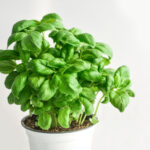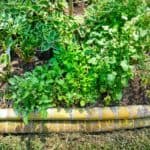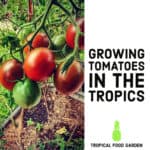An ongoing, ever-evolving list of plants we grow or that we have seen other gardeners growing well in the tropics. Full posts on all of these edible plants, nuts, vegetables, trees, fruits, and herbs are to come. We focus on food plants that grow well and easily in tropical garden conditions, not those that require a lot of extra work, pesticides and chemicals. Good luck with your own tropical food garden! It’s very possible to be self-sufficient in vegetables, fruit, beans, nuts and herbs in a tropical climate.
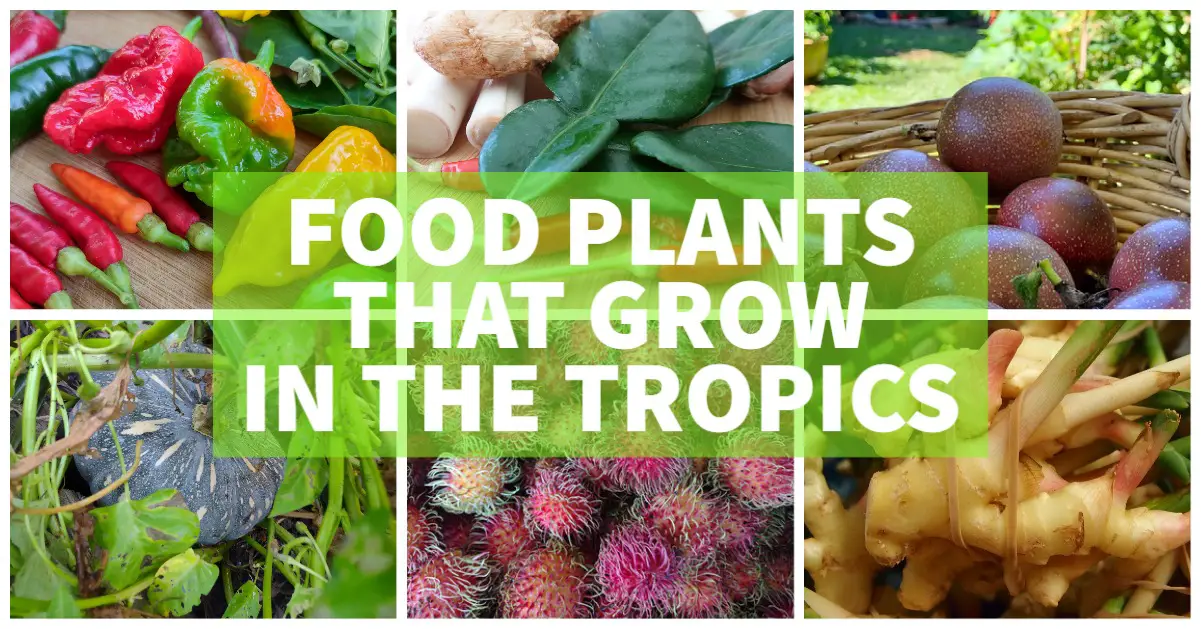
In the tropics, a lot of your gardening will revolve around perennials. The annual plantings that we’re used to in cooler climates don’t happen so often in a tropical climate. Some plants will almost grow themselves with zero effort, others need some work.
Of course, the best plants to grow in the tropics are the plants that are native to tropical areas of the Americas, Asia, Africa, or Oceania. Most of these plants will also grow in the subtropics and even the hotter parts of the temperate zones.
There is always some overlap and we can and do grow many plants that are considered Mediterranian in the tropics. A good example of this would be citrus fruit.
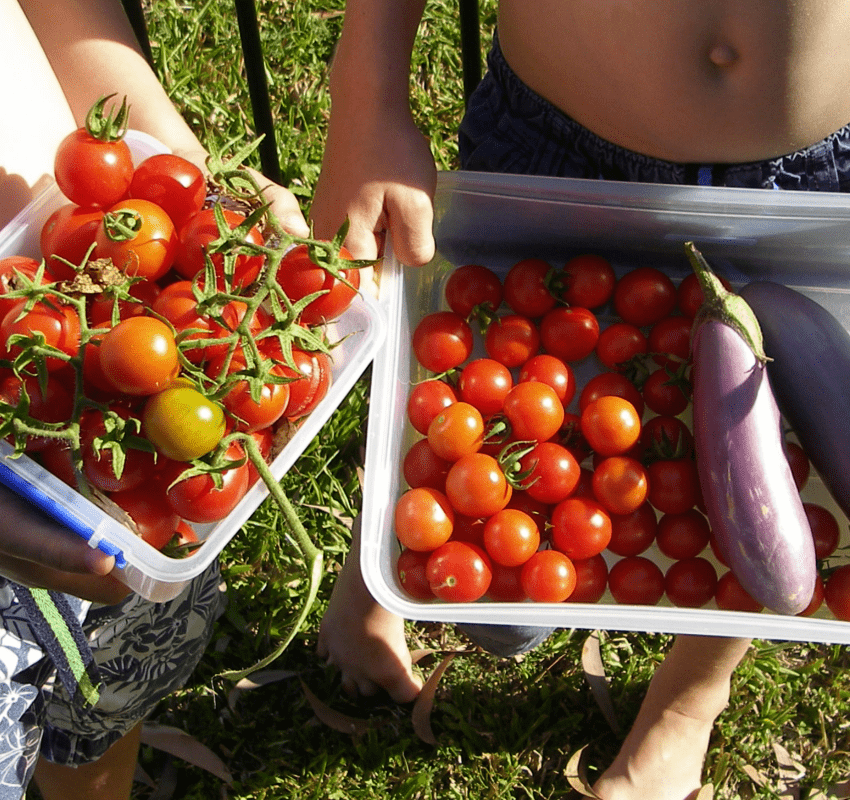
This is not a complete list, this is what we’ve found works so far and have tried to grow with success. If you have any more suggestions for food plants to grow in the tropics, please do let us know in the comments.
Food Plants You Can Grow in The Tropics
A lot of the food plants you can grow in the tropics are quite surprising. If, like me, you’re from a cooler climate, be it temperate or Mediterranean, you might be amazed that you can grow crops like broccoli, snow peas, beans, and Mediterranean herbs.
You certainly can grow these colder climate crops, just give them a little shade from other plants and most seem to do OK so long as the soil is good.
Obviously, cold-climate crops do best in winter in the tropics, but many plants can be grown from seed year-round in a hot climate.
Trees
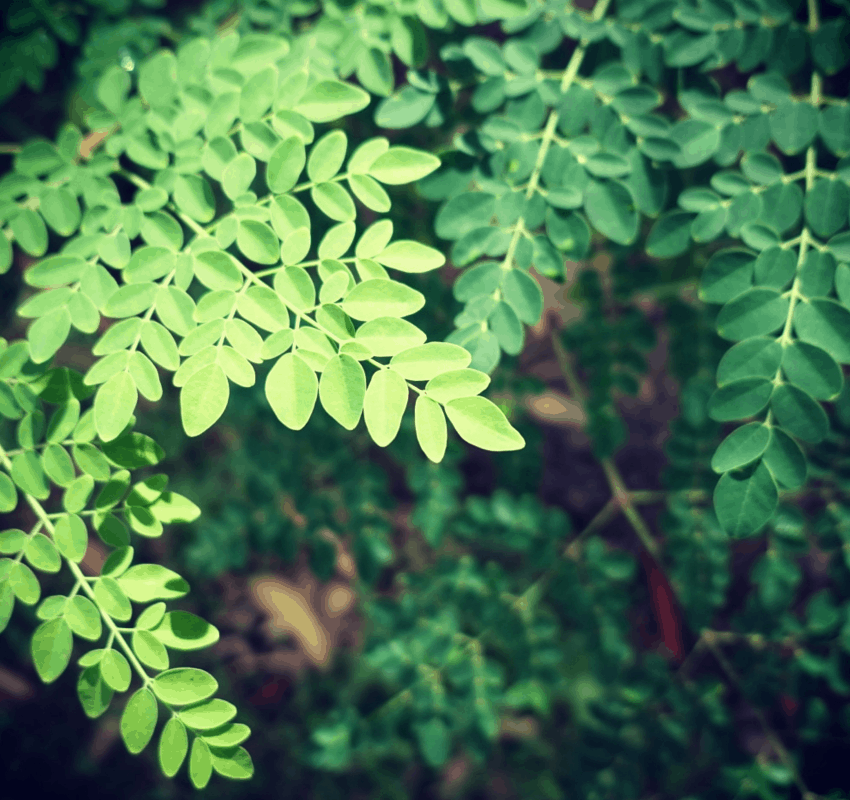
I like to grow trees for shade in my garden. The tropical sun is intense and a shady area just makes your garden more enjoyable, for us and for your plants.
Yes, trees take a long time, some of mine I planted almost ten years ago, and I’m so glad I did.
As the garden matures we see more and more birds and butterflies, it’s wonderful to create a natural habitat for wildlife.
I plant food crops such as herbs tightly around young trees like lemons or grapefruit, once they grow bigger they’ll likely not grow there any more, but for the early years it’s a good use of space, so long as you feed and water well.
Growing shrubs, herbs, and bushes together in a gild has benefits on many levels.
None of my established trees really require watering at all, their roots are so deep and wide that they’re pretty self-sufficient.
I know this for sure because we went away and left them for 7 years. They were all just fine when we returned.
My grapefruit tree is possibly my favourite, it gives us incredible amounts of fruit and doesn’t suffer from pests too badly at all. Lemons are also really useful and easy to grow in a tropical garden. Many, but not all, tropical fruits grow on trees. Bananas do not grow on trees, bananas grow on banana plants.
- Moringa for “superfood” leaves and drumsticks. Moringa is not a legume, although it’s often mistaken for one.
- Avocado
- Mango
- Grapefruit
- Lemons
- Limes
- Oranges
- Guavas
- Lychee
- Rambutans
- Pomelos
- Mandarin
- Coconut
- Tamarillo
- Curry Leaf (a close relative of neem)
There are so many trees you can grow that produce food in the tropics. If I had to pick my favourite it would be grapefruit. We have never-ending fresh grapefruit juice for months of the year.
Generally, anything that produces a big fruit, is better value in a garden than small fruit. Lemons would be my top pick for a small garden or even a big pot. We have a dwarf lemon tree in only its second year giving us 20 or so lemons.
Our lemons are usually ripe in January or February staying on the tree through March, (late summer to autumn) and flower in late winter, around August. The grapefruit ripen later giving us a good succession.
Tropical Vegetables
Tropical vegetables include green leafy vegetables, root vegetables, fruits used in savoury dishes (like tomatoes and cucumbers), chillies, and edible parts of tropical plants such as pumpkin shoots and fern heads.
Fruit That Grows in The Tropics
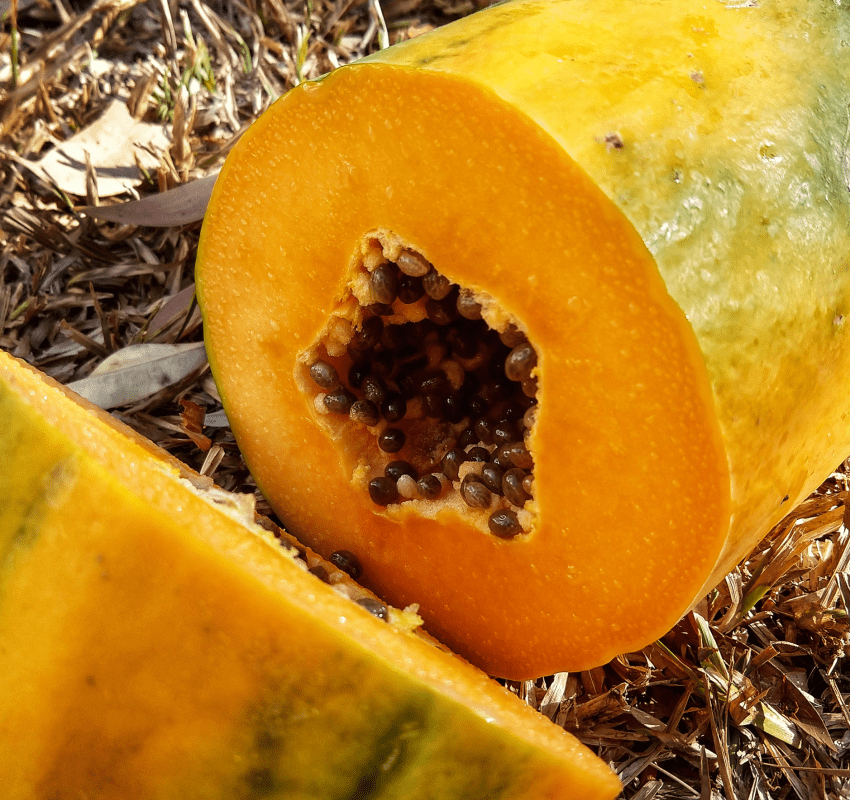
There is an incredible amount of fruit you can grow in the tropics. Citrus is my personal favourite, but we have a lot of success with most fruits. If we have too much we dry it or make jam. Papaya jam is really good!
We have success growing fruit plants and trees below in our tropical climate.
- Pineapples
- Bananas
- Jackfruit
- Durian
- Lemons
- Limes
- Grapefruit
- Ruby Grapefruit
- Kaffir Limes
- Finger Limes
- Passion Fruit
- Pomegranates
- Figs
- Strawberries
- Raspberries (special varieties in particular)
- Blueberries
- Star Apple
- Star Fruit
- Guava
- Loquats
- Mango
- Papaya (Paw Paw)
- Mulberries
It is possible to grow stone fruit in the tropics (plums, peaches, nectarines, cherries), but you’ll need a particular microclimate to do so. These trees need a chilling period and some varieties do better than others.
We are now at a significant elevation in the tropics, we are able to grow peaches.
Green Leafy Veg to Grow in the Tropics
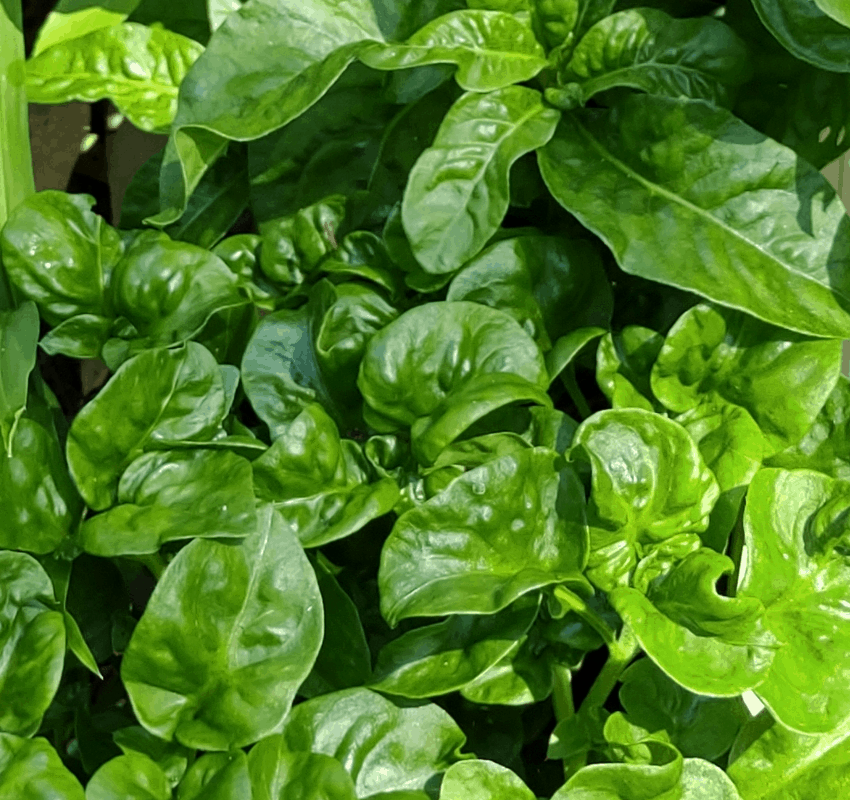
We eat a lot of greens that you may not have realised are edible. Tropical greens that can be eaten include sweet potato tops (same family as morning glory), radish tops, and pumpkin shoots. Sweet leaf is another tropical green used like spinach in cooking.
As well as these more unusual greens, standard greens like kale and broccoli can also grow in the tropics.
We eat broccoli leaves as you would spinach and they’re particularly tasty.
In our experience rocket grows very fast and well and will grow for years before going to seed so long as it has some shade.
Growing vegetables that are usually associated with colder climates mostly happens in winter in a tropical climate.
- Sweet Potato Vine Leaves
- Rocket
- Kale (many varieties)
- Silverbeet
- Broccoli leaves
- Sweet Leaf
- Pumpkin tops, radish tops, all can be eaten as greens
- Various types of perennial tropical spinach, including Brazillian, Okinawa, Malabar (Ceylon), longevity spinach, etc.
Peas Beans and Pulses to Grow in Tropical Conditions
Beans and pulses are staple foods providing both protein and carbohydrates in seed form. You can eat most fresh, or dry them for future use, either to plant, or to soak and boil for curries and soups.
- Bush Beans (French Beans)
- Snake Beans
- Red Snake Beans
- Purple Podded Beans
- Pigeon Peas (a huge perennial legume for fresh “peas” or lentils)
- Mung Beans
- Dwarf Red Snake Beans
- Snow Peas in cooler winters.
Nuts That Grow in The Tropics
Tropical nuts include the coconut, of course. The king of nuts, from which we can easily make coconut oil for cooking or to protect our hair and skin. Coconut water is the liquid inside the coconut, and coconut milk can be extracted from the grated flesh.
Coconuts are a versatile and valuable food crop to grow if you have the right conditions and plenty of space. We are blessed with 3 mature coconut trees on our new 5 acre farm or homestead.
Cashews also grow in the tropics. A cashew tree produces a cashew apple, the cashew nut hangs beneath the swollen stem which forms the “apple”. Again, this is a very versatile tree. I have a small cashew tree which I grew from seed, I’ll let you know how many years it takes to grow.
Macadamias are another example of a tropical nut.
Other Fruit and Veg to Grow in a Tropical Climate
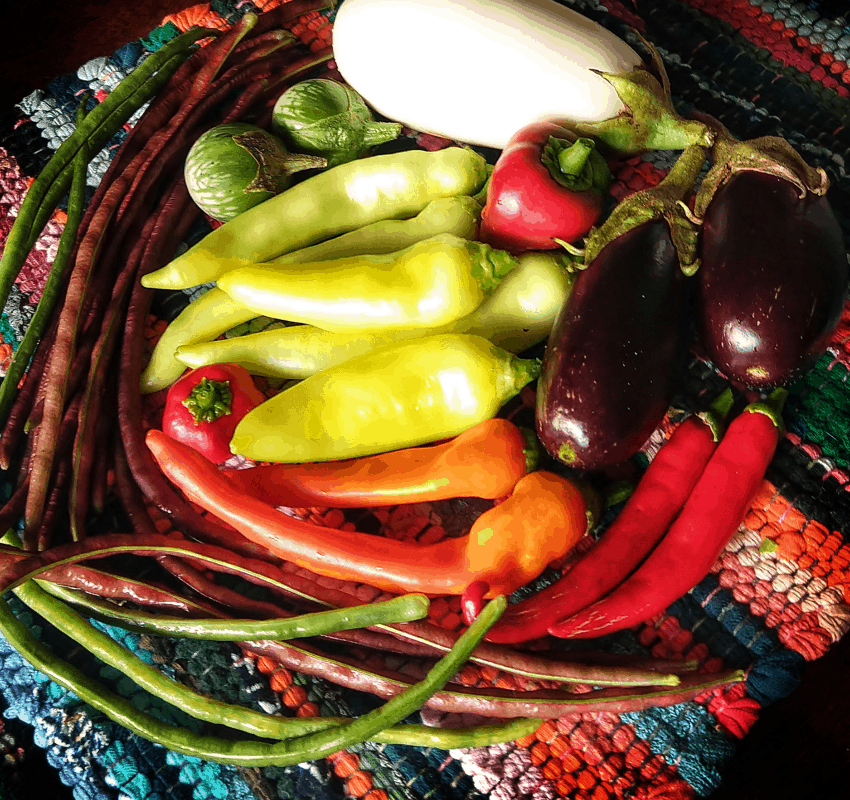
- Cherry Tomatoes
- Larger Tomatoes
- Aubergines (Eggplant )
- Thai Eggplant
- Peppers, all kinds
- Chillies (can be perennial)
- Pumpkins Guide to growing pumpkins in the tropics here)
- Cucumbers, seem to not like the hottest months
- Cucamelons (easy)
- Radishes (fast)
- Snow Peas when it’s cool, a bit of shade helps
- Courgettes (with difficulty, powdery mildew and squash bugs love them)
- Patty Pan Squash (also tricky)
Herbs and Spices That Will Grow in The Tropics
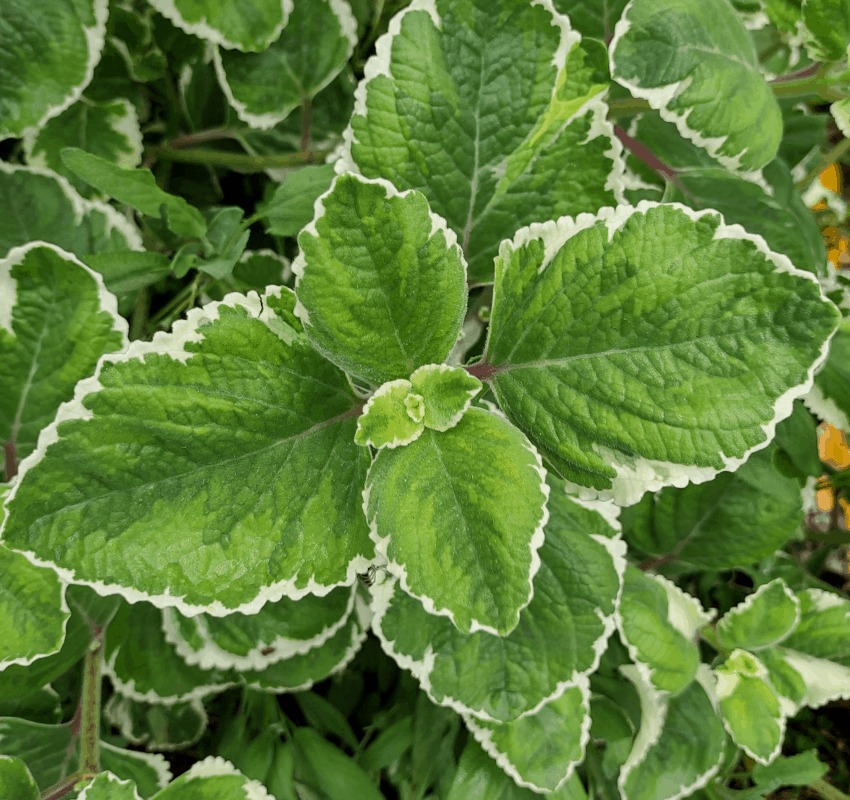
I love herbs. My whole family loves herbs. We probably use herbs every single day and they’re a fantastic thing to grow if you only have a small space.
Grow your herbs as close to your back door as possible so that they’re easy to access and don’t forget that herbs are full of nutrients. Think of them as food, not flavouring.
The trick with herbs is to leave them before you pick them. Don’t be picking bits off that tiny seedling, wait until it’s a bigger plant.
Of course, there are many ways to preserve your herbs too. We dry them, store them in oil, use them in pickles, you can even freeze them.
Most of our herbs though, there’s no need to preserve, they grow all year-round.
- Lemongrass
- Garlic Chives
- Asian coriander (this grows as a volunteer for us)
- Flat Leaf Parsley
- Dill
- Pandan
- Pepper
- Ginger
- Galangal
- Turmeric
- Vietnamese mint
- Mints – various (easy)
- Thai Basil, lemon basil etc.
- Tulsi (holy basil)
- Sweet basil and purple basil
- Mushroom plant.
- Mother of herbs, (Indian or Cuban oregano) very good in sleepy tea. Photo above.
- Oregano
- Flat-leaf parsley ( needs effort)
- Celery leaf
- Sage
- Curry Leaf
- Cinnamon
- Allspice
- Nutmeg
- Vanilla
- Tamarind
- Cardamom
- Thyme
Edible Tropical Plants
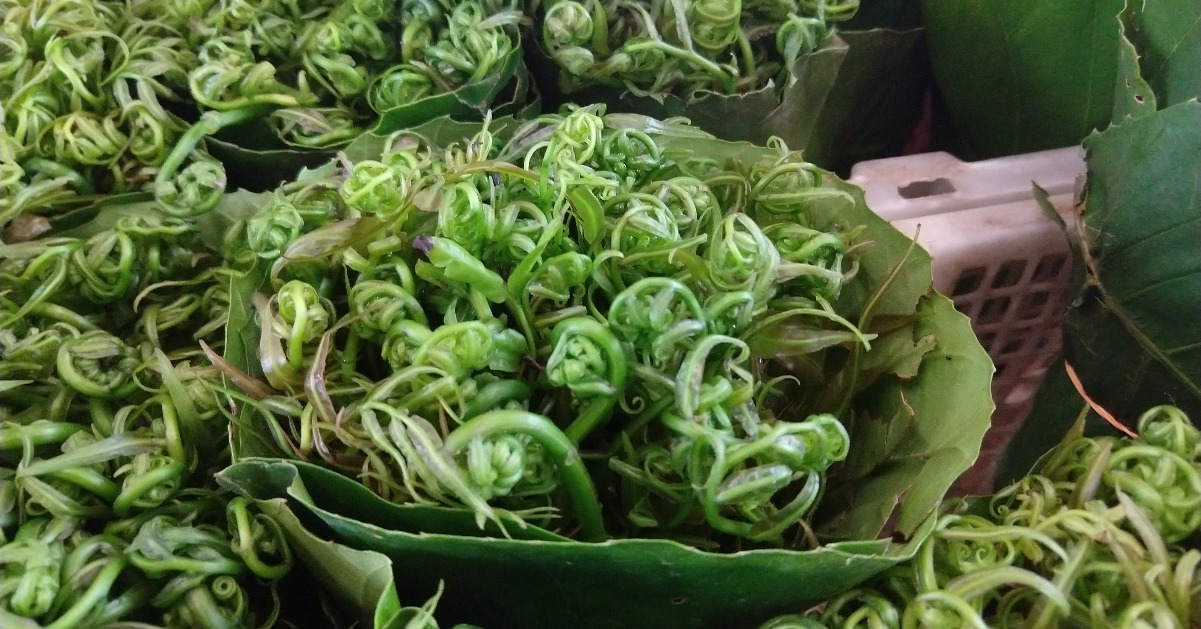
There are many edible tropical plants that are native or grow wild in a tropical climate. Some less usual edible tropical plants include edible varieties of fern heads, vines and wild peas, betel leaf, shoots of pumpkins, canna lilies, coffee, tea, banana flowers, edible tropical flowers and more. Even the bark of certain trees (cinnamon) is edible if correctly processed.
Not every edible tropical plant is usually thought of as a fruit or vegetable.
Certain tropical plants are edible only after special cooking or treatment methods, as in their raw form they contain toxins.
There are also edible tropical mushrooms, for instance, oyster and shiitake.
Your Tropical Microclimate
No two places in the tropics will have the exact same climate or growing conditions. Your elevation, soil type, orientation, drainage and every aspect of your land’s topography will affect what you can and cannot grow in your tropical garden or homestead.
Sometimes a particular variety of plant will work for you, while another won’t. Sometimes you’ll need to provide shade or companion plants to help your plants survive. The plants on this page can be grown in the tropics, so can many more. But you may need to experiment and find what grows best for you.
More Food Growing Content on Our Tropical Site
- Keeping guppies or tropical fish in a pot in your garden
- Chicken proofing your garden, stop chickens eating or digging up your food plants.
- Male and female pumpkin flowers
- Why won’t my plants grow? (Hint-useless bought soil)
- Our new farm or homestead!
Your options for growing food in the tropics are vast. When I first started gardening in a tropical climate I was really surprised by the food plants I’d normally associate with a temperate or Mediterranean climate, growing here. I was also surprised that so many plants that I’d thought of as annuals were actually perennials if winter didn’t happen. As a rule of thumb, if you want to try and grow a plant, fruit, or vegetable, at any time of year, try. This is how we learn by trying different things. With a packet of seeds costing barely anything, and so many foods we buy at the store being growable, there’s no harm in trying. Give it a go. What are your favourite food plants to grow,? For me, it’s chillies and tomatoes. They’re just so useful.
